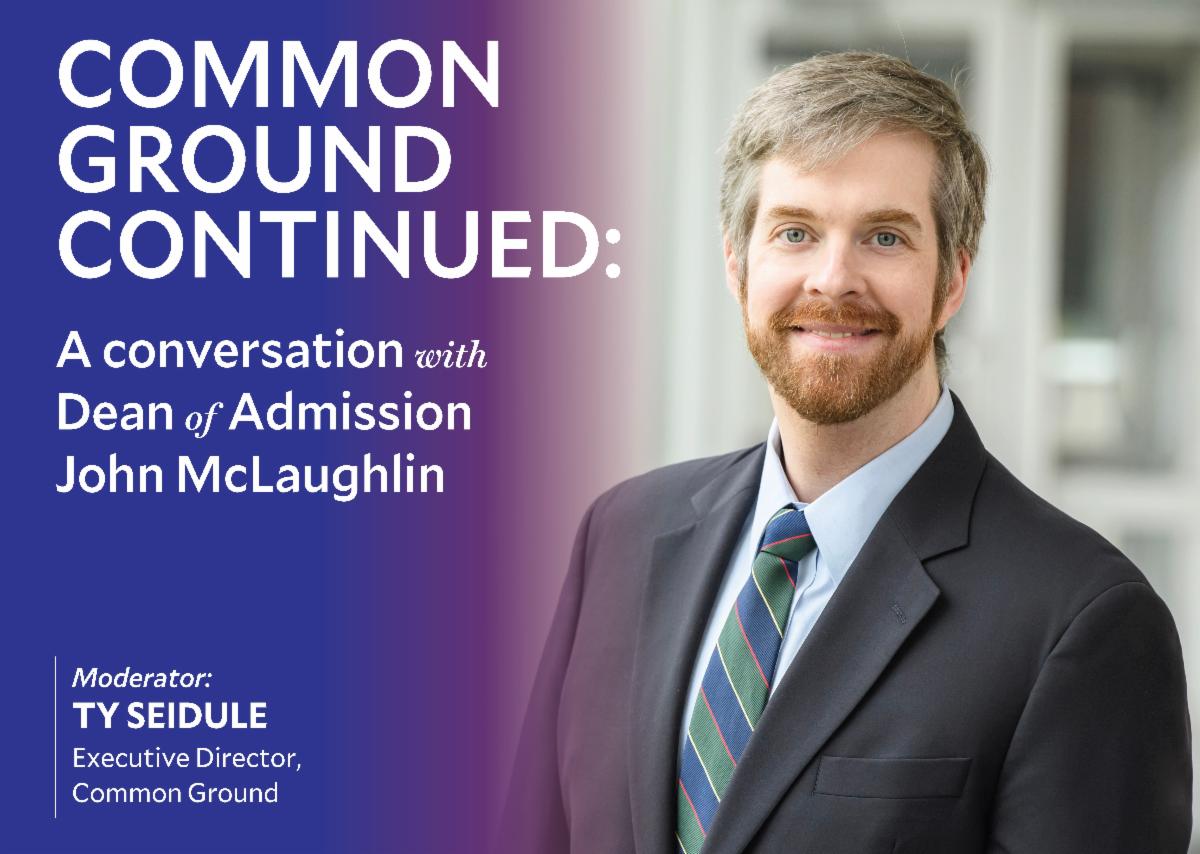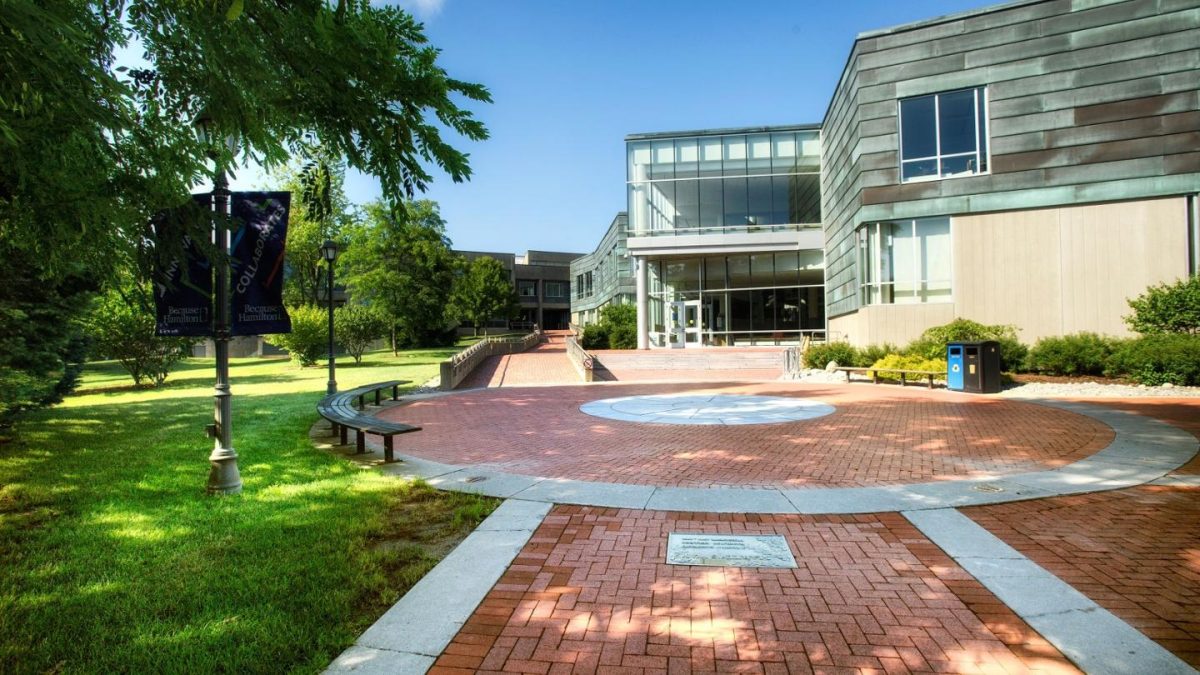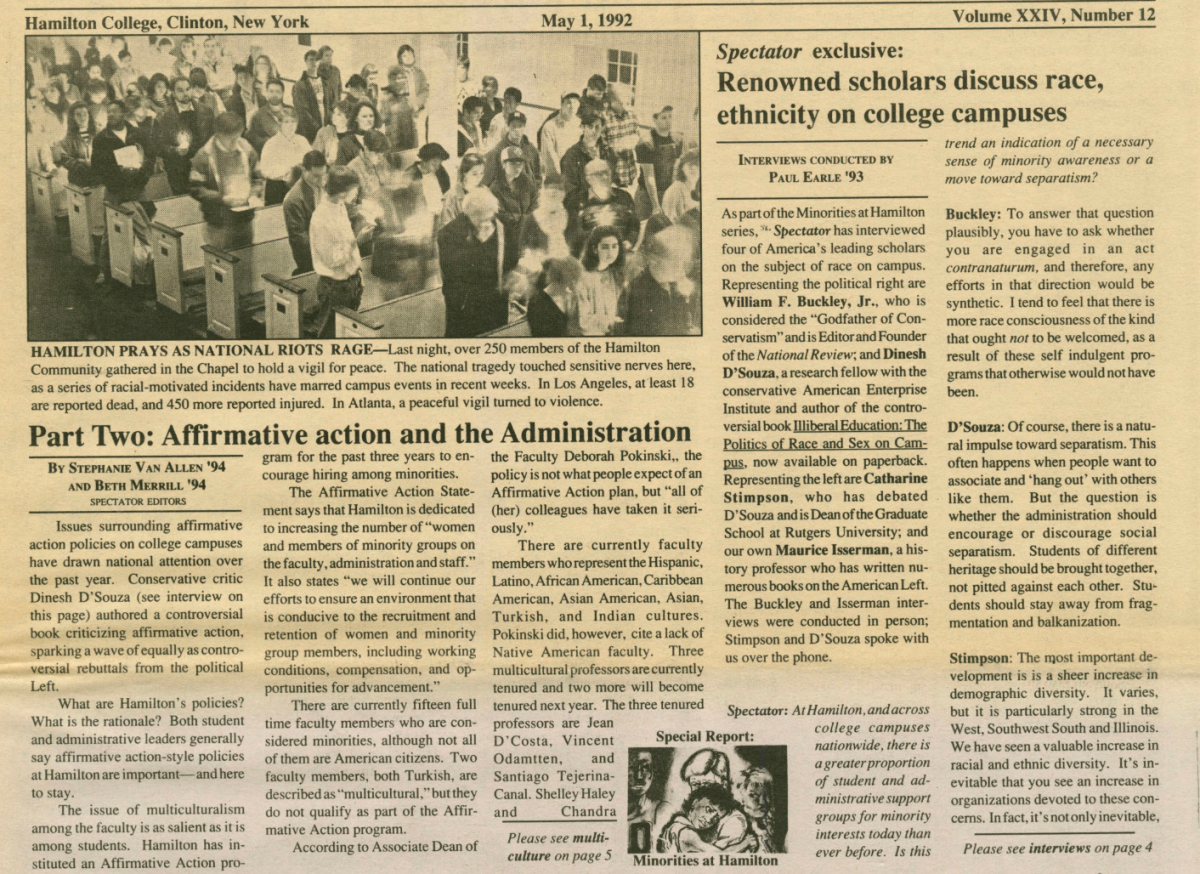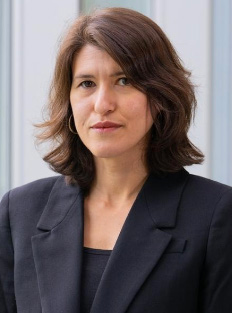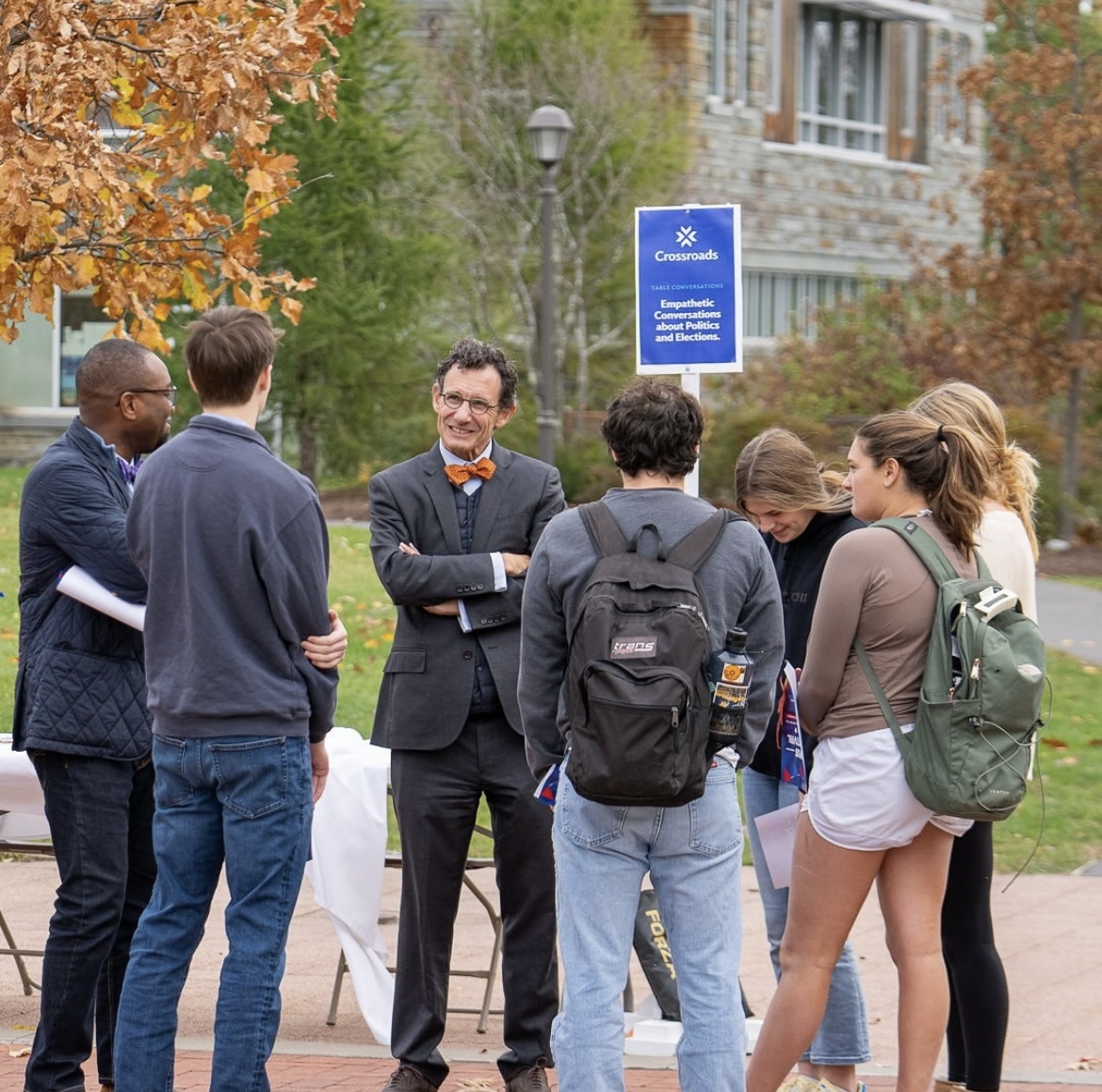
Sustainability efforts on college campuses are undoubtedly a large part of student life. In an effort to increase knowledge of Hamilton’s own “green” practices,
The Spectator
is featuring a weekly column on how sustainability works on the hill.
In 2007, Joan Hinde Stewart signed the American College and University Presidents’ Climate Commitment. ACUPCC’s website states a twofold mission of carbon neutrality and institutional sustainability leadership on college campuses. Many of the NESCAC schools have also signed this pledge. Hamilton has undoubtedly made increased efforts to weave sustainability into curriculum and campus culture; but how do its efforts stand up to those of Bates, Colby and Middlebury?
NESCACs capitalize on their small campuses and close-knit communities to intertwine student initiatives and climate action. At Bates College, the school established a reusable mug program to diminish disposable waste on campus. Students can choose a mug and adhere a unique bar to it and bring it with them to dining halls. Each use of the mug as a meal swipe gives students a point that ultimately goes to a 40-point goal of an extra meal swipe. The American Association of Colleges and Universities published an essay by Neil B. Weissman that emphasized the importance of place based experiential learning. By integrating sustainability into students’ daily routines and adding a little bonus (read: Diner B) incentive to it, programs like Bates’ can help students learn sustainable habits they can take beyond the college. Environmental initiatives also offer students an opportunity to think beyond the campus bubble, as seen by Middlebury College’s J-Term program that spurred the college’s major resolution to lower all carbon emissions 8 percent below 1990 levels by 2012. This resolution turned into an eventual carbon neutrality pledge, which Middlebury accomplished in 2016 and it began with the students putting forward their dedication to climate action.
From Where I Sit: The First few days in America
By Kirubel Tesfaye ’21, Features Contributor
spec.hamilton.edu
With extensive knowledge of the campus and an ability to break ground themselves, facilities staff also serve as great resources for structural sustainability initiatives. In 2013, Colby College became the fourth college to achieve carbon neutrality, thanks to a plethora of infrastructural initiatives. As detailed by
Best Colleges
, Colby College installed a wood-fueled biomass boiler to reduce the college’s oil consumption by almost one million gallons a year. The biomass boiler uses forest by-products to produce heat, hot water and cooking energy used in the college’s 12 LEED-certified buildings. The AACU believes initiatives require action from students, faculty, alumni, administrators and staff in order to create authentically sustainable campuses. Beyond their infrastructural initiatives, the campus is dedicated to diverting more than 90 percent of waste to recycling, reusing and composting. Colby makes a great example of a school that is dedicated to sustainability in terms of large-scale initiatives like buildings and energy and individual initiatives that are a reflection of the students’ sustainable lifestyles.
Though NESCACs offer small, intimate communities, they are also lucky enough to include some of the most expansive and green campuses in the country. Hamilton has a clear dedication to its land, as shown through the conservation of the Root Glen. Serving as an educational site, the Glen encourages experiential learning, may that be through discovering the arboretum’s biodiversity firsthand, or simply exploring the Glen with friends and family. Middlebury shares a goal of conserving land, as expressed on their sustainability website, and uses a portion of these carbon credits to offset the remaining portion of their carbon footprint. Environmentalists often criticize carbon credits because they favor colleges who can expand their campuses, usually through larger endowments or generous alumni. Middlebury made a deal to conserve 2,100 acres of forestland on Bread Loaf Mountain in Ripton, Vermont in exchange for credit towards the school’s carbon reduction effort. This strategy is by no means rare, but it begs the question; does this route of carbon neutrality teach students a sustainable lifestyle or does it simply buy institutions a trendy title, such as being Carbon Neutral?
In the summer of 2017 President David Wippman re-affirmed Hamilton’s climate commitment. This pledge came with the installation of a 12-acre solar array, a plan that took years to come to fruition, but came from students working with the administration and Physical Plant. So what will the next big sustainability innovation be? It could be incubating in KJ right now.


